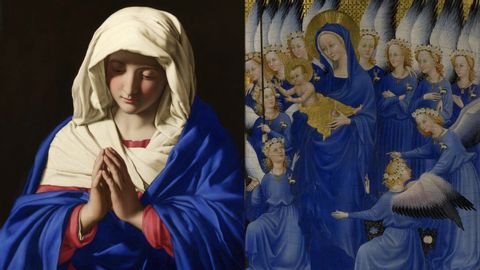世界で最も高価な顔料 - 美術史におけるウルトラマリンの使用 (The Most Expensive Pigment in the World - The Use of Ultramarine in Art History)
jiotau が 2024 年 10 月 27 日 に投稿  この条件に一致する単語はありません
この条件に一致する単語はありませんUS /ɪˈkwɪvələnt/
・
UK /ɪˈkwɪvələnt/
- adj.同等の;同義の
- n.等価 : (効果 : 価値などが)同等のもの
US /ɪnˈkrɛdəbəl/
・
UK /ɪnˈkredəbl/
- adj.信じられない;すばらしい;信じられない;信じられない
US /ˈprɑsˌɛs, ˈproˌsɛs/
・
UK /prə'ses/
- v.t.(コンピュータの)データを処理する;処理する;処理する;一連の工程を経る;加工する : 加工処理する;理解する
- n. (c./u.)手続き;一連の行為;方法;訴訟手続き;プロセス (コンピューター)
US /ˈprɛzəns/
・
UK /ˈprezns/
- n.~のいる(存在する)所;存在すること;臨在;振る舞い;出席者;影響力;高音域
エネルギーを使用
すべての単語を解除
発音・解説・フィルター機能を解除
